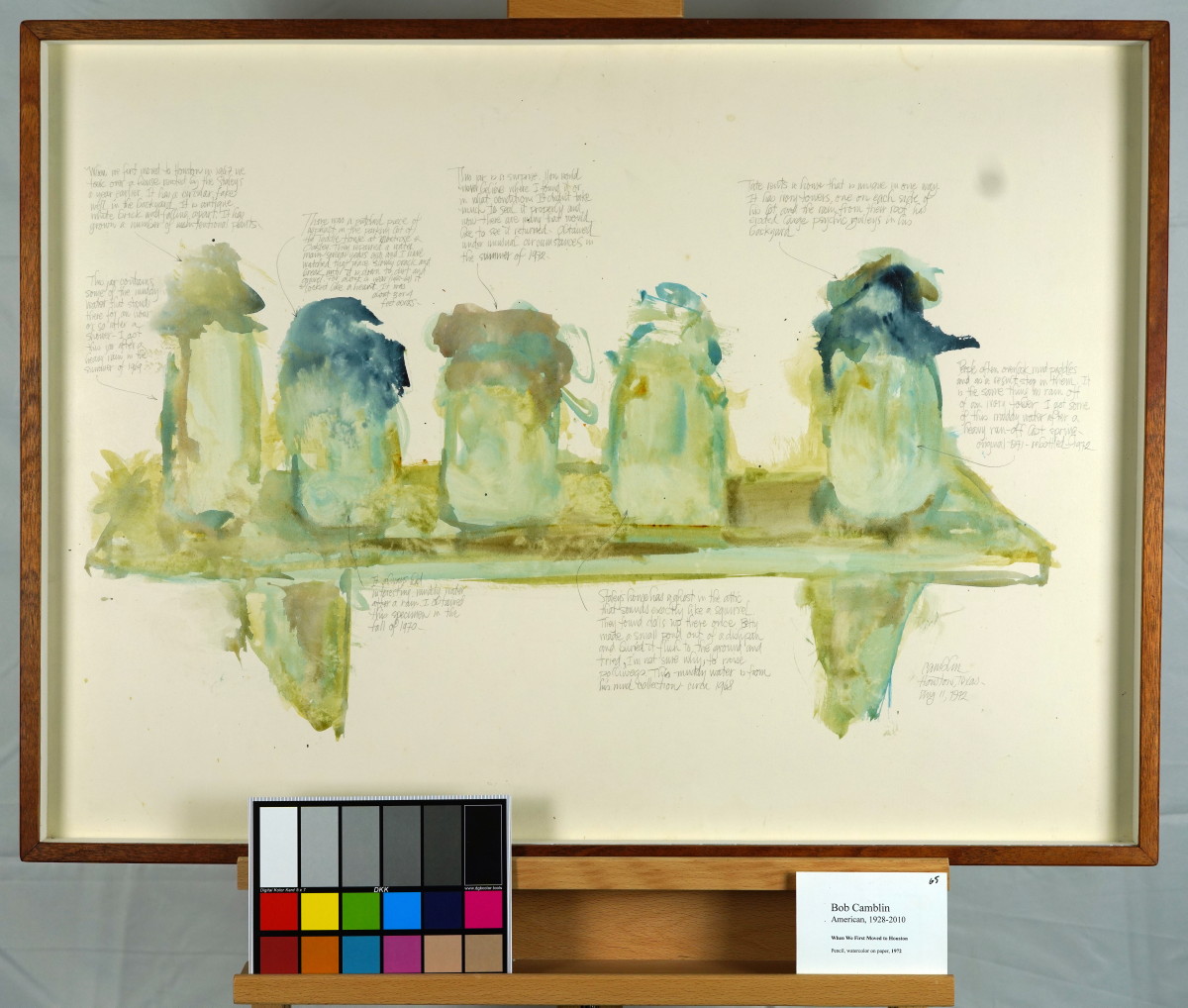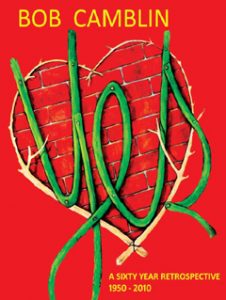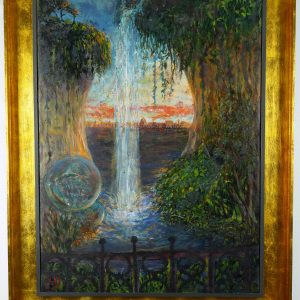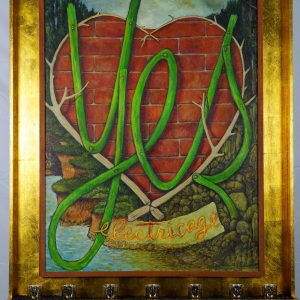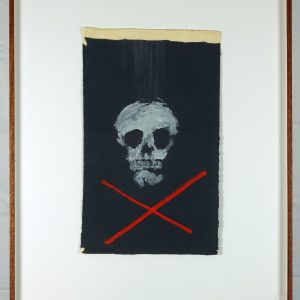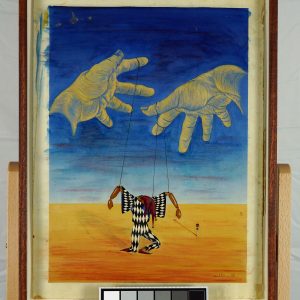Description
When We First Moved To Houston, 1972Pencil/watercolor on paper
Signed
22.5 x 30.5 in. (frame)
original, includes certificate of authenticity from ArtTrust
The watercolor and pencil “When We First Moved To Houston” presents an arrangement of jars, some capped with what appear to be lids of cloth or some organic material. The jars are placed on a shelf with brackets below fixing the shelf to an imaginary wall. Each jar has accompanying handwritten notes, which might narrate stories or contain snippets of information that add a personal or nostalgic context to the objects depicted. The style is fluid, with soft hues of blues, greens, and yellows blending together to create a dreamy, almost impressionistic atmosphere.
From a Zen perspective, the painting evokes the simplicity and beauty found in everyday life. The jars, while mundane objects, serve as reminders of the passage of time and the transient nature of existence. The soft blending of colors mirrors the Buddhist concept of impermanence, suggesting that all forms and experiences merge and dissolve like watercolors. This scene invites the viewer to find mindfulness in the ordinary and contemplate the stories carried by seemingly insignificant items.
Applying I Ching principles, this artwork may resonate with the hexagram “Jing” (The Well), which symbolizes nourishment and a source of sustenance. Just as the well provides water, the jars may hold fragments of the past or elements of life that nourish the spirit. The handwritten notes seem to offer insights into these stories, reflecting the idea that the well must be kept in good order for it to fulfill its purpose. This aligns with the notion of cultivating one’s inner world for clarity and wisdom.
The painting serves as a meditation on memory, time, and personal history. The jars on the shelf could represent moments captured or preserved, and the notes suggest narratives that connect each object to a specific memory. The choice of watercolors, which can flow unpredictably, adds to the idea that memories, like paint, are subject to change and reinterpretation. This combination of imagery and text creates an experience where the viewer is prompted to consider their own relationship to everyday objects and the stories they contain.
This work’s style is reminiscent of certain elements found in post-impressionism and contemporary art. The loose handling of watercolor, combined with a focus on ordinary objects, is akin to the approach of artists who seek to find poetry in the mundane. The handwritten notes add a conceptual layer, reminiscent of artists like Cy Twombly, who blended text and imagery to evoke a sense of narrative and abstraction. The artwork seems to bridge traditional still-life with contemporary storytelling techniques, inviting a deeper engagement from the viewer.
*Shipping cost will vary, please inquire at sales@camblingallery.com before purchasing.
Currently ships from Oregon, USA
Member of artnet? Apply for a discount! Inquire about intergallery and permanent loans for museums.
“When We First Moved To Houston” was featured in his Yes Retrospective
Reproductions of this drawing are available in multiple sizes!
Click here to use our high-resolution viewer!
This artwork is available with a non-fungible token to ensure traceability and transparency of provenance.
The royalty factor – Unlike traditional artworks, such as paintings, mosaics, statues, and the like, NFTs can be programmed to provide royalties to you every time the painting (and token) is sold and resold – for eternity. That mind-bending Camblin you sold could be worth millions one day and provide income for your great-great-great grandkids!
Anti-forgery – The central idea underpinning NFTs is that they are built on the blockchain, which is meant to offer advanced security. Think of it like an un-erasable and un-avoidable copyright.
Easy authentication – Another compelling aspect of NFT art and NFTs in general is the ability to quickly and easily authenticate items, as the record of ownership is scrupulously kept on the blockchain.
